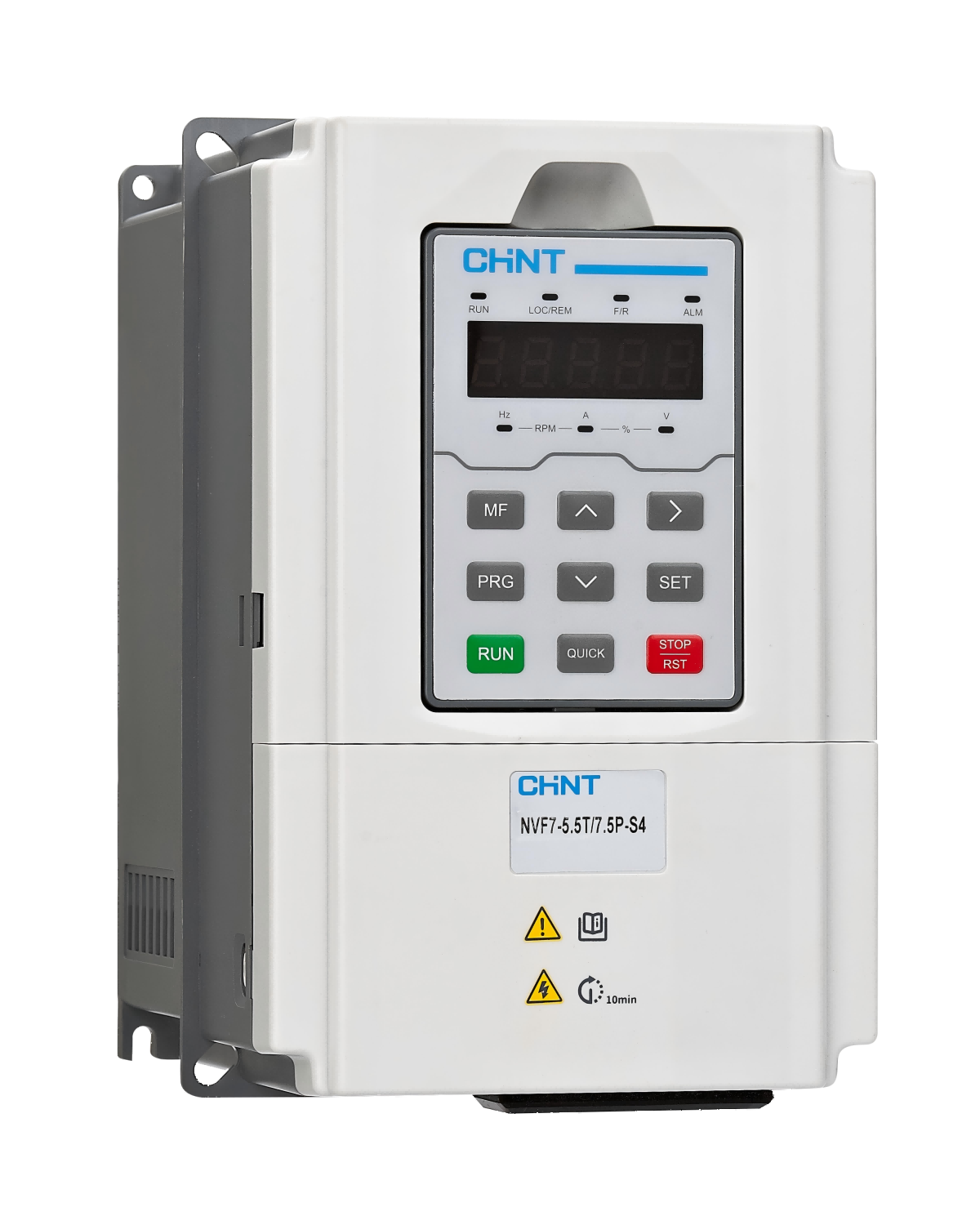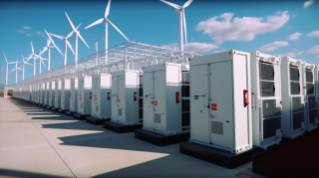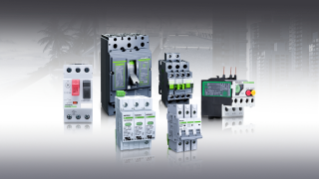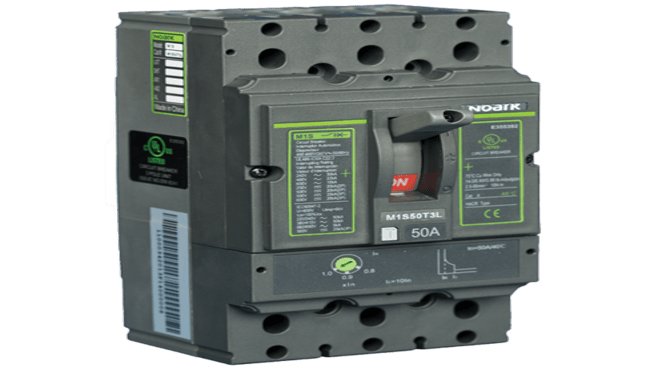For optimal machine performance and safety, maintaining precise and stable control during acceleration and deceleration is paramount. That is why the VFD working principle is very important when ensuring a machine changes speed properly. Today, we’ll be taking a look at how a VFD works, its benefits when used, and its real-world applications.
What Is the VFD Working Principle?
Having the ability to operate a smooth AC motor drive is very important for many industries. At the forefront of this is the Variable Frequency Drive working principle. To understand how a VFD functions, let's discuss its work process.
Let’s start by talking about the three key stages of a functioning VFD.
- Rectification: the process of converting a three-phase AC voltage into a DC voltage. This process is completed using diodes.
- DC Bus: the process of filtering and storing energy. The DC Bus process is made possible with the use of a capacitor.
- Inversion: converts the DC voltage into a variable frequency AC voltage. The process is performed using IGBTs (Insulated Gate Bipolar Transistors) and the PWM method.
PWM (Pulse Width Modulation) is a digital technique that simulates analog control by generating pulses with adjustable duty cycles (the ratio of high-level duration to the signal period). By varying this ratio while keeping the frequency fixed, it controls the average voltage or power delivered to a load.
A practical example is conveyor belt speed control: increasing the duty cycle raises the motor's average voltage, accelerating the belt; decreasing it slows down or stops the belt. Modern Variable Frequency Drives (VFDs) use microprocessors to generate PWM signals, enabling operators to precisely adjust motor speed through duty cycle modulation.

Why VFDs Matter in Industrial Automation
VFDs enable precise control of electric motors by regulating frequency and voltage, making them integral to industrial automation. Consider a conveyor belt without speed modulation: abrupt starts/stops could cause material spillage or mechanical overload.
Similarly, robotic arms require accurate torque control for positioning; HVAC blowers need variable airflow matching; water pumps depend on flow-adjusted speeds to prevent water hammer. Without VFDs' dynamic control and built-in protections (e.g., overload/overheat shutdown), motors face higher failure risks, increasing maintenance costs and downtime.
By implementing a Variable Frequency Drive (VFD), the voltage and frequency supplied to electric motors are dynamically regulated to maintain an optimal V/Hz ratio.
This control method directly reduces mechanical stress during motor starts/stops and speed transitions, thereby extending equipment lifespan. Simultaneously, VFDs enable significant energy savings by matching motor speed to actual load demands—particularly in variable-torque applications like pumps and fans, where power consumption decreases cubically with speed reduction.
These machines require robust and scalable drives, especially those that can handle real-time adjustments, as well as accommodate different loads and protection against overloading. A great example of a top VFD is the CHINT NVF7.
This product offers fast load response and overload protection. These features, in addition to others, will enable you and your team to have unparalleled control over your machines. Making this a top option for operators and business owners.
Discover the CHINT NVF7 and experience maximum control and overload protection today!
Control Features That Enhance VFD Efficiency
VFD units are traditionally known for their frequency control capabilities. However, modern offerings have transcended their original use. These newer iterations feature more modern built-in capabilities. These features include PID Control, multi-speed programming, Built-in PLC functions, and motor tuning. Let us now take a look at each of these modern functionalities.
- PID (Proportional-Integral-Derivative) control: a modern algorithm that is very popular in the industrial sector. This popularity is a result of the controller’s flexibility in different settings and easy-to-use functionalities.
- Multiple-speed programming: enables operators to set preset inputs, allowing the motor to run at various speeds. This results in better control and is perfect for equipment with varying load conditions.
- Built-in PLC functions: allow operators to complete basic automation tasks without the need for an analog controller. PLCs are small computers that control machines based on input/output signals.
- Motor tuning: involves aligning your VFD output to the specifications of your machine to maximize efficiency. The CHINT NVF7 boasts F2-37 motor tuning, FA group PID, and real-time parameter monitoring.
Real-Time Monitoring and Parameter Management
VFDs not only assist machine operators but are also indispensable tools for technicians. Technicians need all the help they can get when it comes to monitoring machines and checking if they are working properly.
Features such as live voltage, current, and frequency indicators allow technicians to monitor machines accordingly. With a single glance at the display, technicians can identify any issues and take the necessary action. Modern VFDs also help technicians by storing and logging faults.
These faults will include a timestamp and the conditions under which they happened. A great feature is when you have to analyze these faults and determine a proper action. Lastly, modern variable frequency drives allow parameters to be downloaded and uploaded, enabling technicians to act more quickly.
As a premier choice for operators, the NVF7 features an LCD operation panel that technicians will love. With the NVF7’s LCD, technicians can now perform daily checks for multiple parameters in real-time. They can then address problems faster and prevent any delays in your production line.
Technicians can also upload and download settings through the NVF’s menu structure. This is great as it hastens the process of incorporating your machine into your plant or factory. Lastly, technicians working with the NVF7’s LCD can review fault logs on demand. These logs display the frequency, current, and type of fault that occurred.
Where the VFD Working Principle Fits Best
The VFD's working principle not only helps keep your machines running in top shape, but it can also benefit you and your team in other ways. By utilizing the VFD working principle, plant and factory owners, as well as contractors, can select the appropriate motor for their machines.
With the help of VFDs, you can now choose a motor that matches the voltage, current, and frequency required by your machine. This is also beneficial when you value the longevity of your motors and optimize their energy use. NVFs also protect your motors or machines from potential system failures, mechanical stress, and load-related issues.
The VFD Working Principle is a great fit for industries such as food and beverage production, HVAC operations, water treatment plants, and packaging facilities. This is because VFD enables the motors of machines to operate more efficiently and adjust to varying load conditions.
VFDs, such as the CHINT NVF7, are ideal for use with commercial and industrial machinery. Yes, there are VFD options for residential uses. However, the NVF7 is specifically designed to work with machines that require precise control and can handle a significant amount of load, as well as adjust to various load demands.
Conclusion
The VFD's working principle is a valuable tool for protecting your motors and maximizing energy efficiency. This is also beneficial for technicians, as modern VFD options feature LCDs that enable them to monitor and address their machines quickly. If you wish to source VFDs for your automation systems, consult manufacturers like CHINT today.





.jpeg)

.jpeg)
.png)
.png)
.png)


